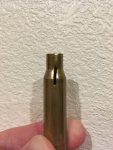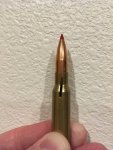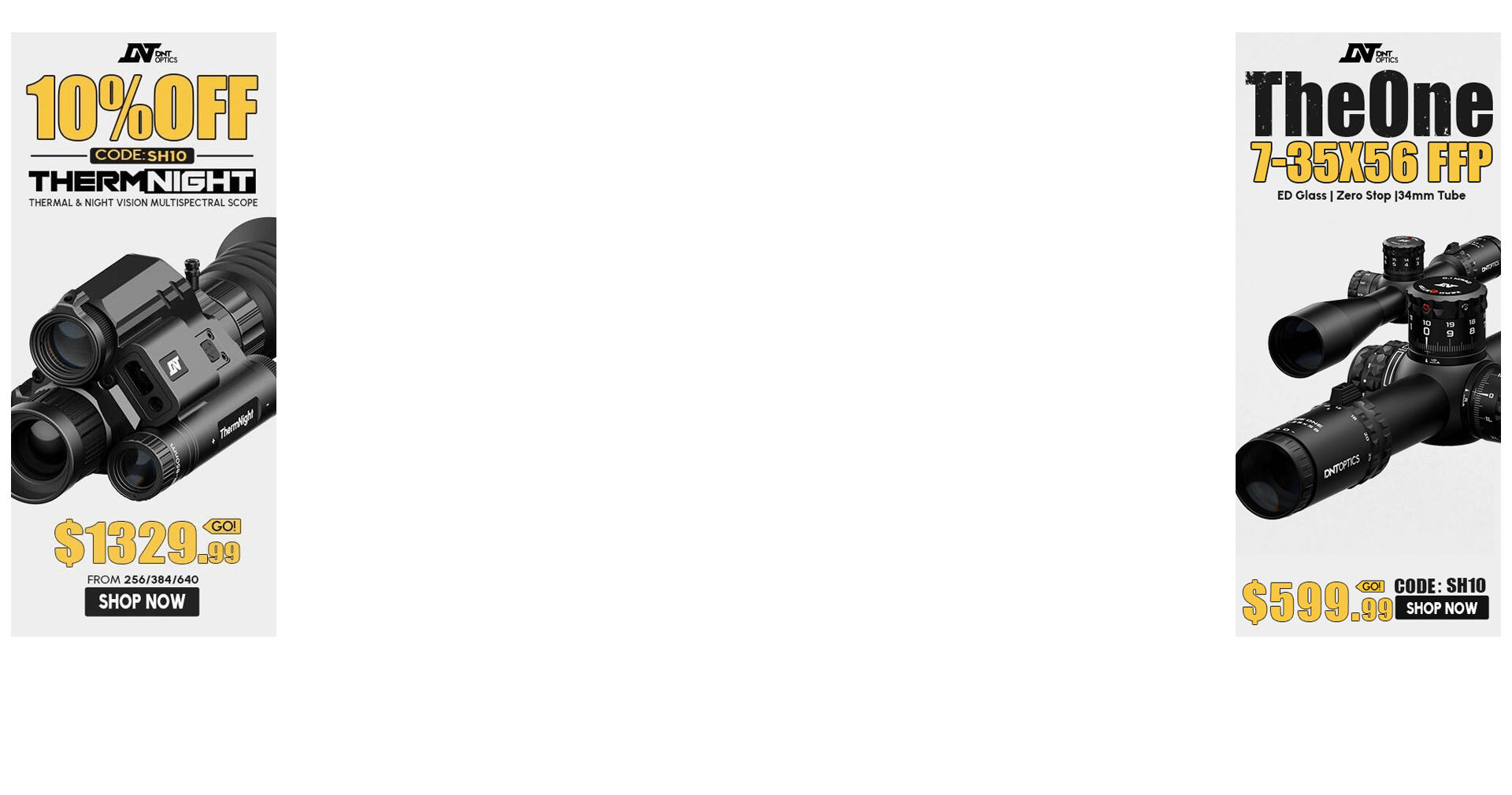Hello all,
I recently purchased some Hornady A-tip 153’s. I’m using a Hornady OAL length gauge but I’m having a pretty significant variation in results. Anywhere from 2.6500 to 2.700. It all really depends on how much pressure I apply to the rod. Any advice on getting a more accurate measurement?? How much pressure to apppy?
Thanks
I recently purchased some Hornady A-tip 153’s. I’m using a Hornady OAL length gauge but I’m having a pretty significant variation in results. Anywhere from 2.6500 to 2.700. It all really depends on how much pressure I apply to the rod. Any advice on getting a more accurate measurement?? How much pressure to apppy?
Thanks
Last edited:




